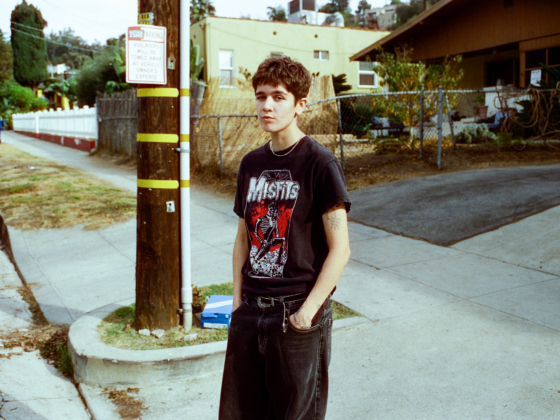London's Stephan Folkes enters the spotlight with a statement of intent on his debut album, "Hazard," a genre-busting aural journey that grabs you by the ears from the very first note. Now available on all major streaming platforms, "Hazard" presents a 10-track, lush exploration of self-consciousness, resilience, and emotional growth wrapped in a soundboard that seamlessly blends and merges genres with a fearlessness all its own.
Running just over 40 minutes, "Hazard" is, then, a soul-charged proclamation of life and strength. Infusing her music with elements of dream pop, indie rock, soul, funk, and experimental R&B, Folkes conjures a singular sound world that's as vulnerable as it's vivid. It's a record of the sort that doesn't merely want to be heard but insists on being felt.
"Hazard" is, at heart, a deeply personal portrait, a view of the world through the eyes of Folkes. "It's a road to adversity, to become aware and empowering oneself personally," he says. "A reminder to acknowledge the danger, confront it, and come out stronger." This emotional honesty runs through every track, from the simmering groove of "Can I Be There?" to the sensual rawness and vulnerability of "Undress Me." Both songs are emotional touchstones gorgeously penned, beautifully produced , and thoroughly human.
Folkes' voice is just as captivating. His voice, smooth, soulful, and refreshingly unforced, possesses the emotional heft and vocal range this album requires. He sounds like an artist who knows exactly what he wants to say and how to say it stylishly. With "Hazard," Stephan Folkes, it's beautiful, and it's demanding repeat plays. For anyone who deeply enjoys genre-fluid music with a pulse, "Hazard" is a must-hear.
Connect with Stephan Folkes: Instagram











